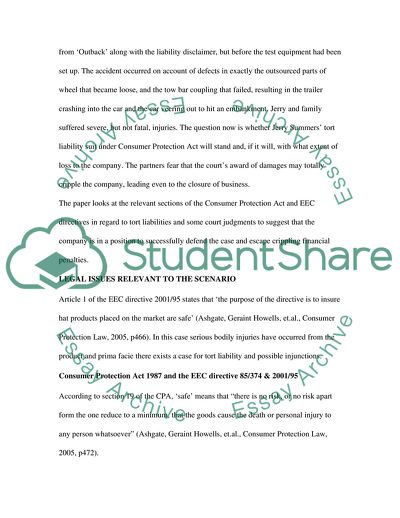Cite this document
(Application of Product Liability in the UK- the Company Outback Case Study, n.d.)
Application of Product Liability in the UK- the Company Outback Case Study. Retrieved from https://studentshare.org/law/1707673-commercial-law-2
Application of Product Liability in the UK- the Company Outback Case Study. Retrieved from https://studentshare.org/law/1707673-commercial-law-2
(Application of Product Liability in the UK- the Company Outback Case Study)
Application of Product Liability in the UK- the Company Outback Case Study. https://studentshare.org/law/1707673-commercial-law-2.
Application of Product Liability in the UK- the Company Outback Case Study. https://studentshare.org/law/1707673-commercial-law-2.
“Application of Product Liability in the UK- the Company Outback Case Study”, n.d. https://studentshare.org/law/1707673-commercial-law-2.


